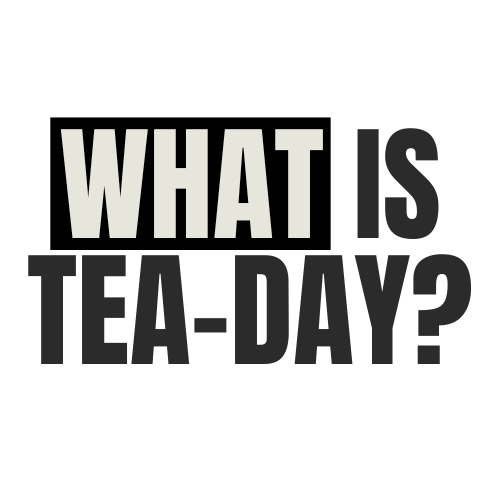Father’s Day
Father’s Day is a celebration honoring fathers and celebrating fatherhood, paternal bonds, and the influence of fathers in society. It complements Mother’s Day, which is a similar celebration honoring mothers.

History of Father’s Day
Origins:
Early Inspirations: The idea of a day to honor fathers has been around for centuries, with some of the earliest mentions dating back to Catholic Europe in the Middle Ages, where it was celebrated on St. Joseph’s Day (March 19).
Modern Origins:
The modern version of Father’s Day started in the early 20th century in the United States. The first known Father’s Day celebration was held on July 5, 1908, in Fairmont, West Virginia, after a deadly mine explosion killed 361 men the previous year.
Key Figures:
Sonora Smart Dodd: Often credited as the “Mother of Father’s Day,” Sonora Smart Dodd was inspired to create a day for fathers after hearing a sermon about Mother’s Day in 1909. She wanted to honor her father, William Jackson Smart, a Civil War veteran and single parent who raised six children. Dodd’s efforts led to the first Father’s Day celebration on June 19, 1910, in Spokane, Washington.
Recognition:
Presidential Support: In 1966, President Lyndon B. Johnson issued the first presidential proclamation honoring fathers, designating the third Sunday in June as Father’s Day. In 1972, President Richard Nixon signed it into law, making it a permanent national holiday in the United States.
Celebrations and Traditions
Gifts and Activities:
Common Gifts: Father’s Day gifts often include items like tools, electronics, clothing, and handmade crafts from children. Personalized gifts, such as photo albums or engraved items, are also popular.
Activities: Many families celebrate by spending quality time together. Common activities include family gatherings, barbecues, outdoor activities like fishing or hiking, and attending sporting events.
Global Observances:
United States: Celebrated on the third Sunday in June, featuring a variety of family activities and special meals.
United Kingdom and Canada: Also observed on the third Sunday in June, with similar traditions to those in the United States.
Australia and New Zealand: Celebrated on the first Sunday in September.
Germany: Known as “Vatertag,” it coincides with Ascension Day (a public holiday) and is often marked by men taking hiking trips with wagons of beer and food.
Thailand: Celebrated on December 5, which is the birthday of the late King Bhumibol Adulyadej, and involves giving canna lilies to fathers and grandfathers.
Importance and Impact
Acknowledging Fatherhood:
Father’s Day is an important occasion to recognize and appreciate the contributions of fathers and father figures. It emphasizes the role of fathers in providing care, guidance, and support to their children.
Promoting Family Bonds:
The celebration strengthens family bonds by encouraging families to come together and express their gratitude and love. It also promotes the idea of shared parenting and the importance of a father’s presence in a child’s life.
Cultural Significance:
Father’s Day is celebrated differently around the world, reflecting various cultural traditions and values. Despite these differences, the core message remains the same: honoring and appreciating fathers.
Conclusion
Father’s Day is a meaningful celebration that honors the significant role of fathers and father figures in our lives. Whether through gifts, special activities, or simply spending time together, it is a day to show appreciation and strengthen family bonds. The holiday’s history and traditions highlight the universal importance of recognizing the contributions and sacrifices of fathers everywhere.


